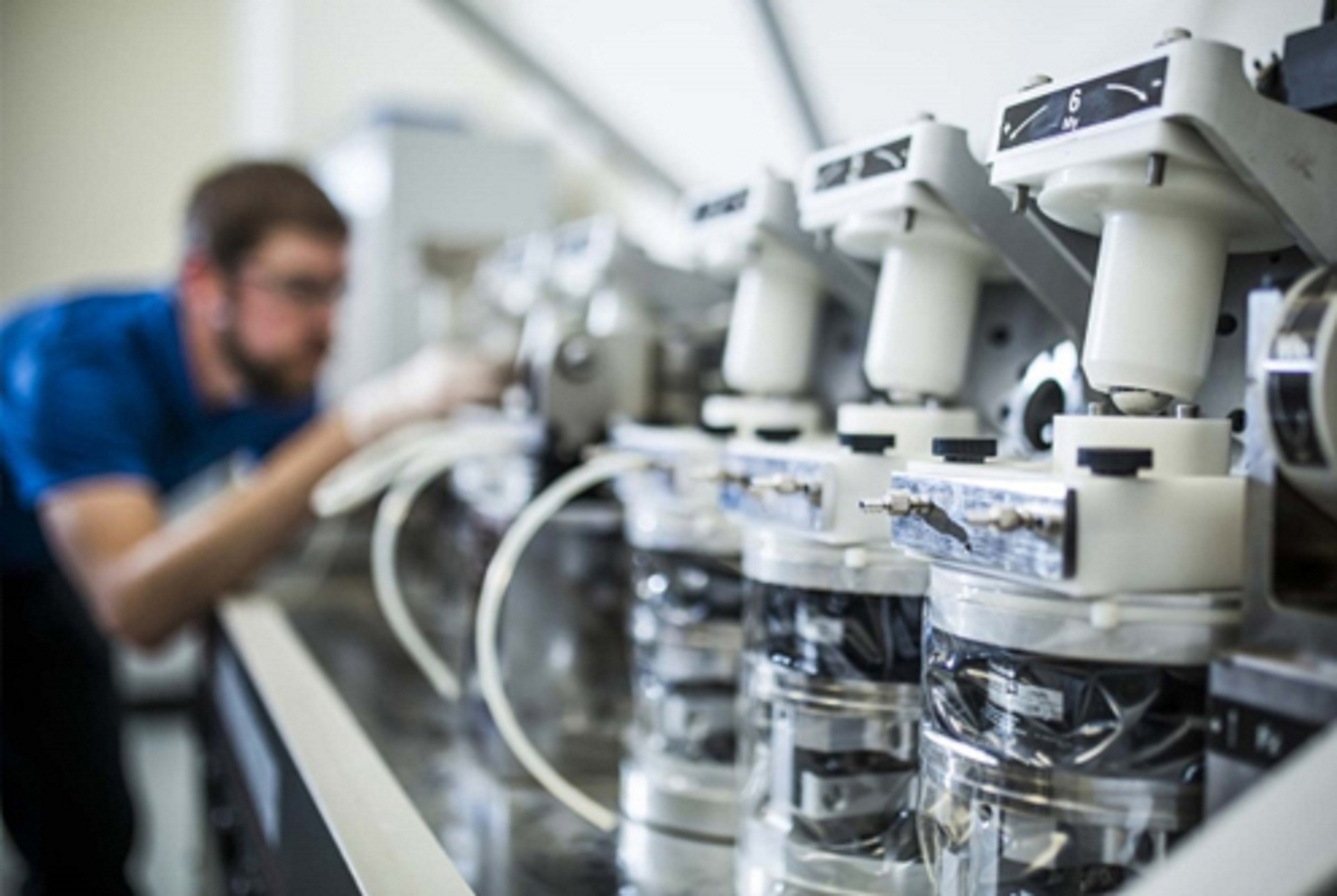Cold storage equipment shipment damage is a hot-button subject for manufacturers and transportation providers alike when it comes to cold storage equipment. Because of the delicate nature of the refrigerators and freezers required by today’s life-sciences market, any damage that occurs during shipment and setup can result in a loss of revenue, which is a harsh reality for everyone involved in the process.
Damage to cold storage equipment is illustrated in the following cases:
Having said that, a successful logistics program for these products is doable, but you must first overcome some significant obstacles, such as ensuring safe, damage-free transit and delivery of the products in question.
Before we get into the specifics of what makes a good program, let’s take a look at some of the elements that contribute to cold-storage product degradation.
Cold-storage products are extremely sensitive creatures
Polyurethane insulation for refrigerators and freezers has risen to prominence since the 1980s, when it became the most widely used insulating material. An injection of polyurethane insulation is used to fill the space between a unit’s steel or aluminum outer casing and its inner plastic liner. As soon as it is injected, it starts out as a liquid and expands rapidly to completely cover the area between the inner and outer linings of the bladder.
Polyurethanes are excellent insulating materials because they are energy efficient, sturdy, durable, cost-effective, and lightweight, among other characteristics.
Each unit becomes effectively a single piece when using this form of insulation, and any dent or damage to the product is nearly always irreversible. For example, if a unit experiences a ding on the right side, it is highly unlikely that it will be possible to replace the single right panel.
Aside from that, some manufacturers believe that a dent in the outer shell causes the polyurethane foam to condense, which can result in hot areas or inconsistent insulation, both of which can impair the stability of the inside temperature. In this case, the manufacturer may declare the item unsellable. Scratches are also a source of concern. While some damage can be repaired by touching up and repainting, the majority of damage is irreparable, particularly on brushed metal versions.
You have highly engineered, high-value, sensitive pieces of equipment in today’s cold storage products, and when they are broken they have a high probability of being completely destroyed. It is for this reason that secure transportation, distribution and MHRA approved warehousing UK are essential.

The Function of Packaging
Damaged products nearly often result in extra expenses for both the shipper and the carrier as a result of compensatory measures taken to remedy the situation. In the end, however, it always ends in a disappointed end-customer, and in some situations, it leads in the purchase order being canceled.
The most effective line of defense in this situation is effective packaging. When total losses are eliminated, even if the savings from reduced packaging costs are spent on increased packaging costs, it is a win for everyone involved because you have satisfied both your internal customers (your company’s finance and sales teams) as well as your external customers by delivering an undamaged unit the first time.
So, what is the most efficient method of developing effective packaging?
In order to reach your objectives, you should collaborate with a third-party package design and engineering partner. External experts will conduct an objective examination of your current packaging while also making solid recommendations for any modifications that may be required. Corporate objectives may exert influence or pressure on an internal packaging professional, resulting in inappropriate suggestions being made.
Each model’s packaging must be customized to meet the needs of that particular model. Attempting to save money by producing a solution that is one-size-fits-all typically fails since it does not fit everyone and does not solve the problem of property damage.
Test, test, and re-test your assumptions until they are confirmed. In order to ensure that your packaging is safe throughout transit, you should collaborate with your packaging design team, transportation carrier, and an International Safe Transit Association (ISTA) recognized packaging testing agency. Various aspects such as drop, impact, compression, vibration, and other factors can be tested on your product and packaging to ensure that it is of high quality.
An Assistive Hand is a helpful hand.
A competent transportation and technical service provider with the tools and experience essential to ensure smooth white-glove delivery of today’s difficult and delicate cold storage units, as well as unpacking, placement, and setup, is the winning combination at the end of the day.
It is possible, in today’s competitive market, to minimize the issue of product damage by combining a well-designed product with effective protective package design together with a strong logistics and service partner. This will help to ensure that industry players are not left out in the cold.






